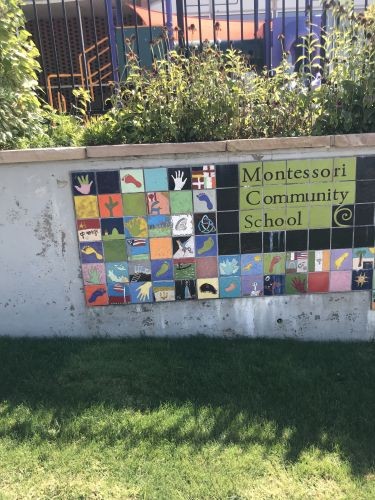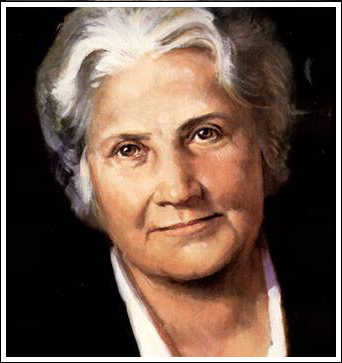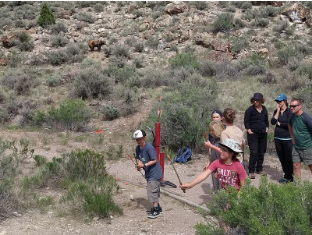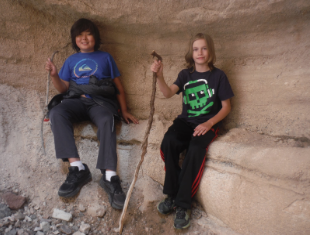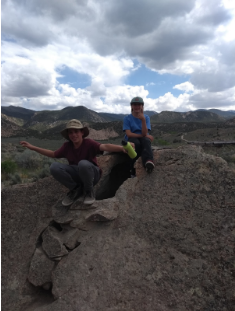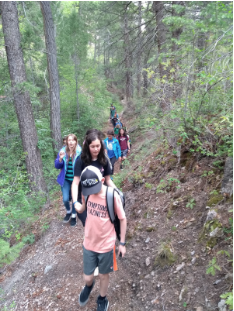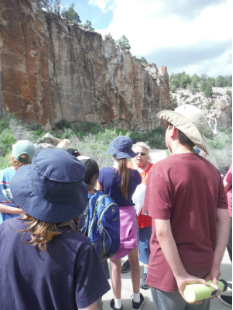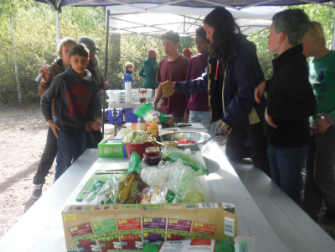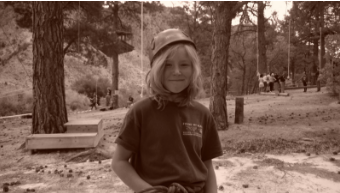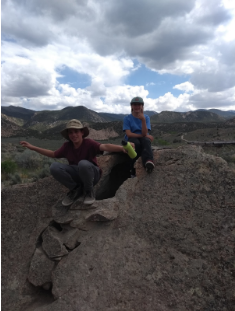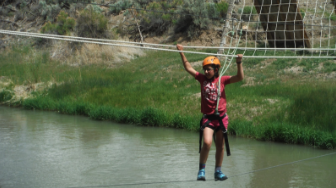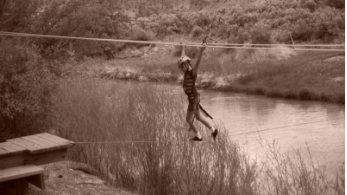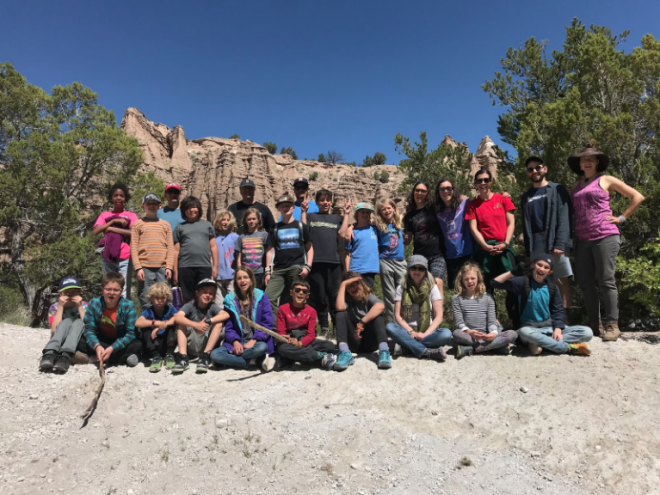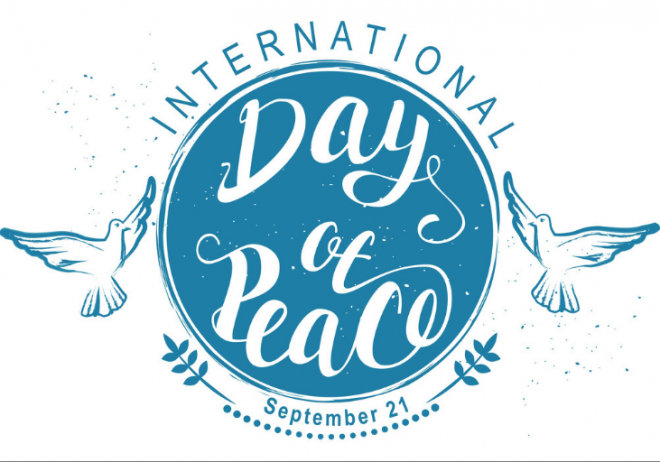
“Find a time and place of solitude.
Look into the distance and into the future.
Visualize the tomorrow you are going to build;
and begin to build that tomorrow, today.”
Jonathan Lockwood Huie
As part of our Peace Curriculum that is incorporated into our monthly studies at MCS, this month each of the classes is engaged in a study of creating space for Peace as we prepare to celebrate International Peace Day on September 21st and in honor of Maria Montessori’s extensive work in the field of Peace Education. Studies show that a preventative curriculum that promotes communication, community and self-advocacy is more effective than a punishing approach to bullying in schools. Ours is a program that we expect will follow our students far beyond their structured educational experience. We hope for and assist children in the development of skills of peaceful conflict resolution, gaining respect for peers and incorporating communal advocacy, taking in to account the needs of a community and how one’s behavior affects another, and establishing a lifetime of self advocacy, self love and self respect.
Averting war is the work of politicians; establishing peace is the work of educators. ~Maria Montessori
Peace is a work rooted deeply in the approach in Montessori schools across the world and Maria Montessori was nominated for the Nobel Peace Prize on three different occasions as her passion for Peace Education led her to spread its good word in various countries. Her legacy lives on as she is now widely recognized as an advocate for peace and her educational philosophy is practiced throughout the world.
“Peace is a goal that can only be attained through common accord, and the means to achieve this unity for peace are twofold: first, an immediate effort to resolve conflicts without recourse to violence—in other words, to prevent war—and second, a long-term effort to establish a lasting peace among men”
(Education and Peace, Montessori, 1949, p. 27).
Read more about Maria Montessori here.
Montessori education addresses Peace in a variety of ways, encouraging children to first develop inner peace. At its most basic level the Montessori method does this by honoring the individual interests, passions and ability of each child, giving children space to develop confidence with making mistakes as they explore and the courage to fix mistakes, and inspiring them to be part of a community. Because each student is recognized as an individual, you will find children working on a variety of activities at any given time. This gives children space and encouragement to accept that differences between humans exist at varying degrees.
Inner peace gives children the foundation for supporting peace within their classroom, school, social and family communities. Communities are an important aspect of the Montessori philosophy in that there is an emphasis on the whole person and learning to function within a community is essential to the success of human endeavor. A successful community is made up of a variety of different talents, strengths, skills and goals. As our students engage in peaceful conflict resolution, modeled by the adults in the community, they learn to function as many parts making up a whole. As they assist in the management of the environment, including caring for the physical space, taking on important leadership roles within the classroom, and engaging in group discussion about how to make change for the better, students practice life long skills of considering others and building functioning communities.
Some common Montessori terms/methods that directly and indirectly support Peace Education include:
–Cosmic Education is the child’s gradual discovery, throughout the whole of childhood, of the interrelatedness of all things on earth, in the past, in the present, and in the future.
-Intrinsic motivation (versus rewards or punishment) is a desire to do for the sake of doing with no expectation or even hope for an outside motivator.
-Multi age classrooms allow children to play varying roles throughout their cycle in a classroom, allowing investment in the environment and practice of various skills, jobs and identities.
-Follow the child means that each child is considered individually and opportunities to further develop special skills and talents is honored along with opportunity for extra, repetitive practice of more difficult tasks.
-Class meetings and agenda books allow children to bring up issues or concerns and decide, with adult guidance, how to overcome challenges as a group. It also allows a sacred place for celebrating one another’s accomplishments.
-Peace areas in each classroom provide a place for children to go when they need to find inner peace. Meditation, breathing and various other exercises are encouraged to help students look within.
-Outdoor education and care for living things (plants and animals throughout the school and in each classroom) give children the opportunity to practice care for and consideration of the needs of all living things and help them develop a love and advocacy for our earth and all it has to offer.
By honoring each individual and supporting children in becoming their most authentic, passionate, courageous and determined selves, we provide the world with a powerful force for change for the better.
May you all find inner peace and enjoy a most lovely day of celebrating the beauty and hope of mankind on this day set aside for celebrating Peace on earth.








